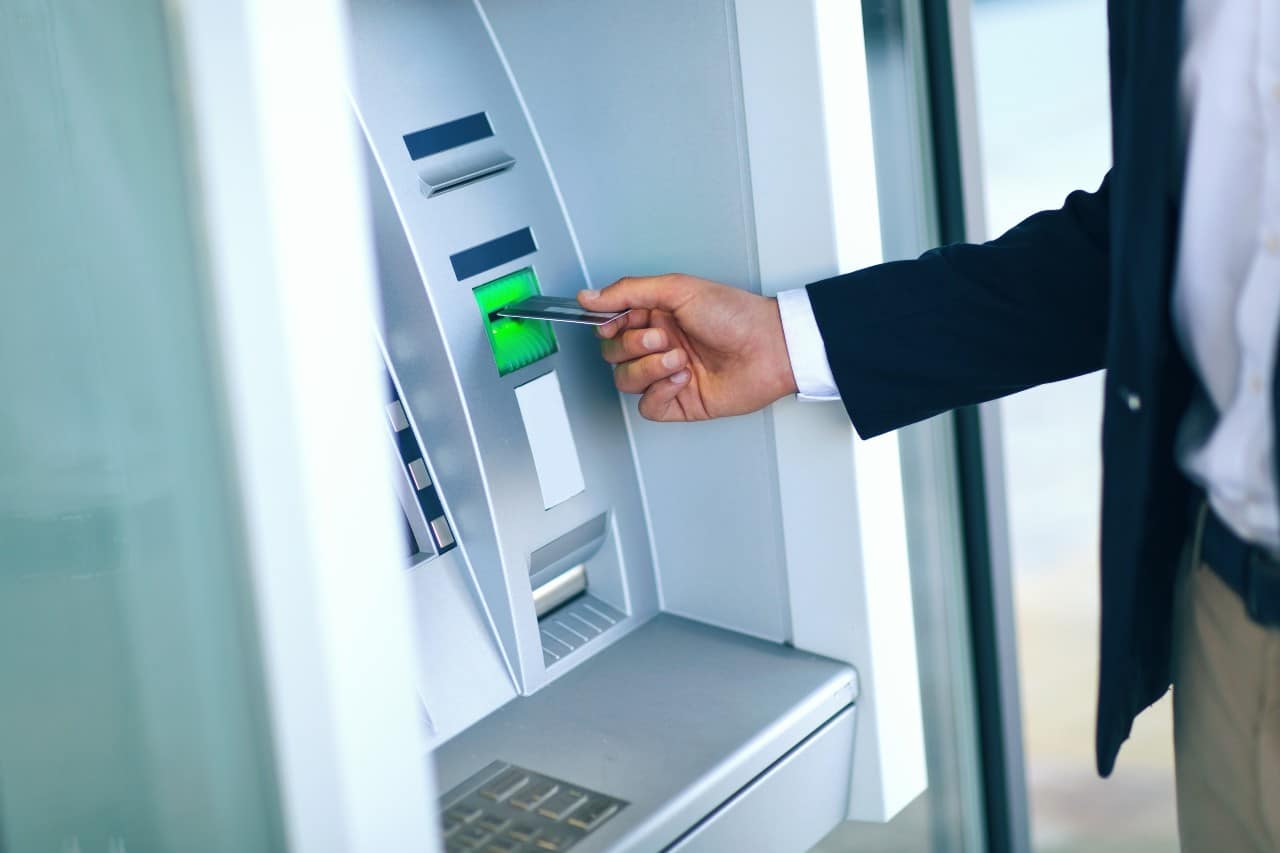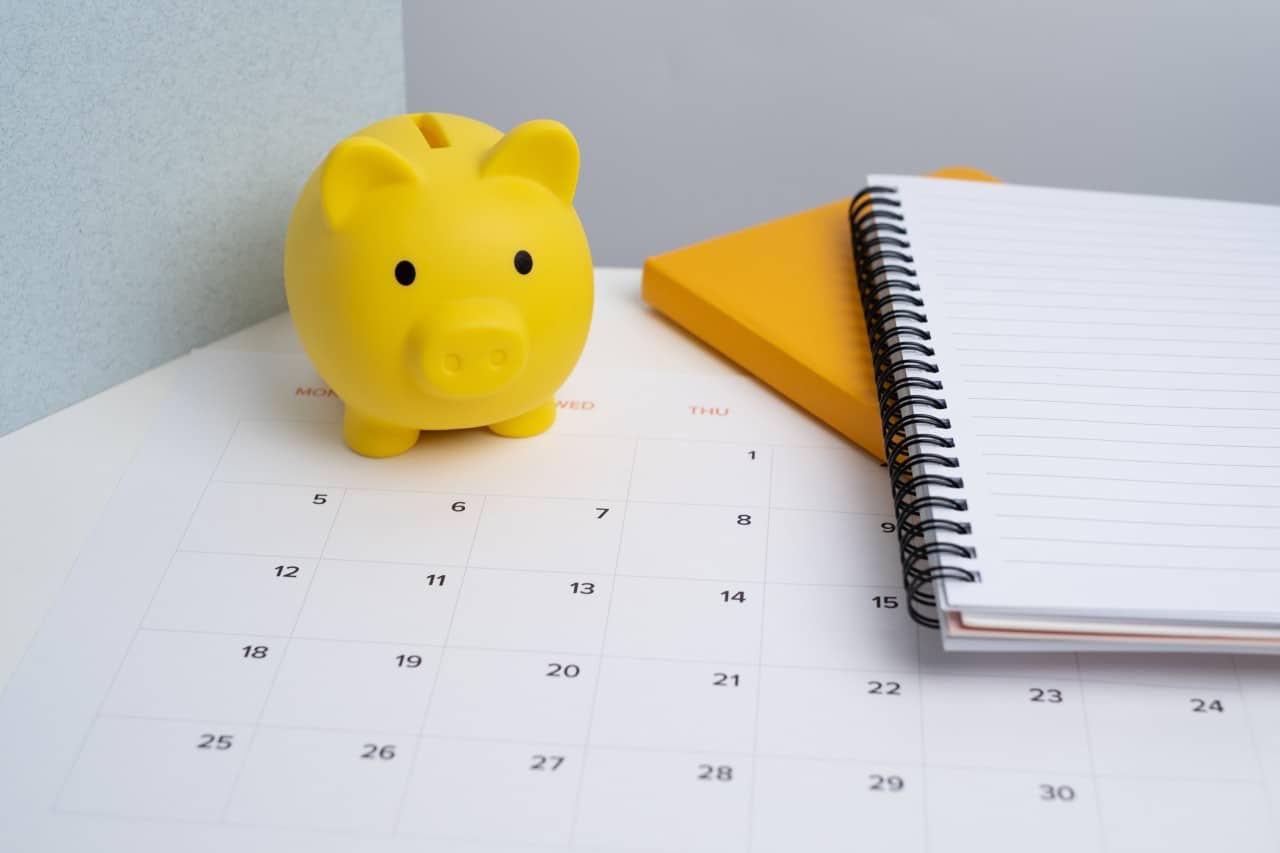Recently in the news, there has been a lot of talk of economic instability and bank failures. As a result, many Canadians are worrying about the safety of their money. In this article, we’ll explore banking in Canada and how it affects the security of Canadians’ deposits. We’ll also cover indicators of bank failure and how you can ensure your money is safe.
How do banks fail?
Sometimes there is a misconception that banks are a non-profit or government-based business. This is untrue, they are for-profit businesses. So how do they make money? There are a few ways.
One of the most obvious is through monthly fees, annual fees, and interest. For instance, the fees charged to a customer to use a chequing account. Or, interest charged to a customer for the privilege of using borrowed money from the bank.
A less obvious way is through the movement of money. Banks will use deposited money from their customers and move it elsewhere to earn interest. Often, banks lend each other money and they earn interest by doing so. Alternatively, they use deposits to invest in Canadian securities and other investments. This practice is called leveraging. In essence, leveraging means using the assets you have to produce further wealth and equity.
Overall, banking in Canada is very safe. When a bank does fail, it’s usually because they’ve overleveraged their deposits. As mentioned, banks are a business and sometimes they make poor decisions leading to failure. This was the case with Silicon Valley Bank, which recently collapsed. Due to economic instability and uncertainty, many depositors withdrew their money from SVB. Since SVB had their deposits tied up in investments, they couldn’t pay out everyone’s deposits at once.
What protections are in place to prevent bank failure in Canada?
Fortunately, bank collapses in Canada are not as prevalent as they are in the United States. In fact, the last Canadian bank collapse was on June 4, 1996. Approximately 2,600 savings accounts were affected when Security Home Mortgage Corporation collapsed. Fortunately, these Canadians were protected by Canada Deposit Insurance Corporation (CDIC).
The CDIC provides basic deposit insurance to every Canadian that holds money with a CDIC member bank. In general, CDIC insures Canadians for up to $100,000 for each type of account they hold. If a bank were to fail and you couldn’t recover your deposits as a result, the CDIC insures your balance.
In addition to CDIC insurance, there are also regulations in place that make banking in Canada safe. It’s often the Financial Consumer Agency of Canada (FCAC), an agency within the Government of Canada, that sets, monitors, and adjusts these regulations. In addition, the Bank of Canada sets economic policy, like the prime interest rate. These additional regulations make banking in Canada very safe.
How are US and Canadian protections different?
The US has its own deposit insurance, similar to CDIC called the Federal Deposit Insurance Corporation (FDIC). FDIC also only insures deposits made at member banks that are in good standing. The standard insured amount is higher in the US at $250,000, compared to $100,000 in Canada.
What to do if your bank fails
If your bank fails, the Canada Deposit Insurance Corporation will automatically respond on your behalf. As long as your bank is a CDIC member, you do not have to contact CDIC to make a claim. They will reach out to you and process the necessary payout.
If your bank is not a member, you will have to eat the loss, unfortunately. You may be able to make a claim during the insolvency process to recover your deposits. Although, nothing is a guarantee. For this reason, it’s wise to keep your deposits within a CDIC-insured bank.
Are there signs to watch for that a bank is failing?
So much happens behind the scenes within the operation of a bank that it can be difficult to predict a bank’s failure. In addition, many don’t have the financial knowledge to accurately predict a bank failure. However, there are some warning signs to consider:
Bad financial outlook
Like any other business or publicly traded company, banks produce financial performance reports. If the financial performance is bad, the bank may be at risk of failure. A good indicator to look at is liquidity ratios. In other words, the comparison between how much money they have immediate access to versus their other less accessible funds. If they are illiquid, it means the bank has overleveraged its position. Mass deposit withdrawals could be disastrous.
Delayed financial reporting
If a bank delays its financial reports, it could mean they’re trying to revalue investments that are poorly performing. They may be trying to renegotiate or cover up bad performance before putting out their reports.
A rapid decline in customer service
One of the ways customers get to interact with a business is through customer service. If it sharply declines in quality, it can be an indicator that something bad is going on internally.
Banking restrictions
When a bank is struggling, it may restrict certain banking activities, including online banking. For instance, certain foreign currencies may be limited or the number of transfers a customer can make is reduced. At a high level, if a bank restricts transactions and activity, it’s not a good sign.
Increased account openings
If a bank makes it easier to open a bank account or use other financial services, it can be a bad sign. Often, they do these things to bring more money into the institution quickly. This is achieved through deposits or interest/fees earned off of financial products and services, like:
- Increased credit card offers
- Greater personal banking services
- Hefty welcome bonus
- Deposit bonuses
- More savings plans
- Enhanced rewards programs
What to look for when choosing a bank
Before depositing your money with a bank, make sure it’s insured by CDIC. In addition, consider their reputation within the industry and among other Canadians. If it’s not well known or has a reputation for bad customer service, perhaps choose another option. Finally, read through the bank agreement terms and conditions and consider them carefully. Yes, it’s boring to read this stuff, but it’s important to know the details.
What about investments and bank failures?
If you hold investment accounts within chartered banks, these are not lost when a financial institution fails. These investments can include items held in a safety deposit box and stocks. You own these assets, not the bank, so they are not lost when a bank failure occurs.
Has worrying about the state of banking in Canada added to the financial anxiety you already feel because of the precarious state of your finances? Our experts at Debt.ca can help relieve your anxiety by setting you up with a plan to get on your feet financially. Reach out today for a consultation!










